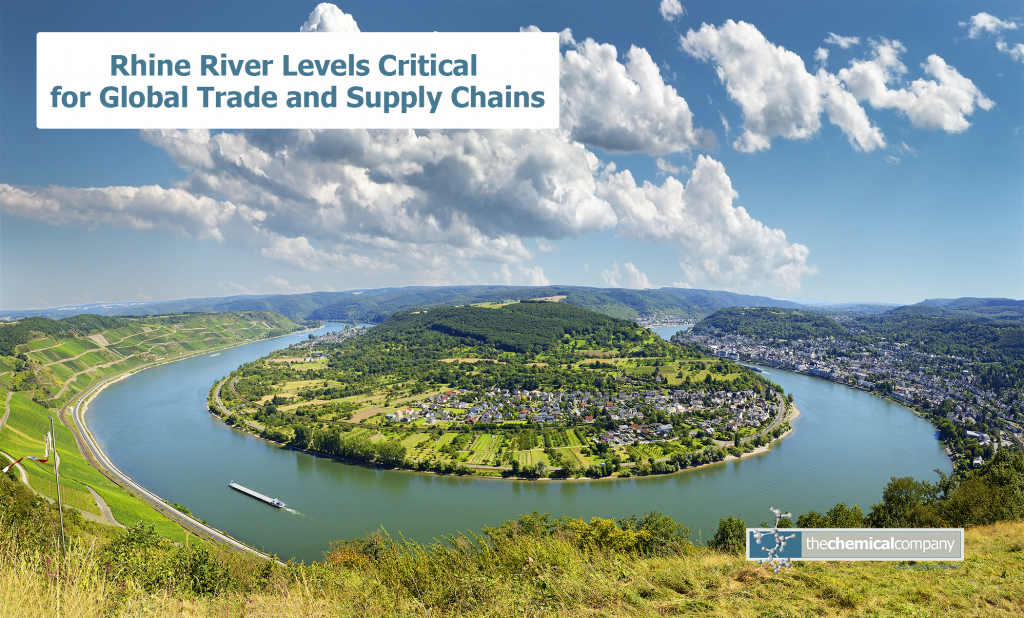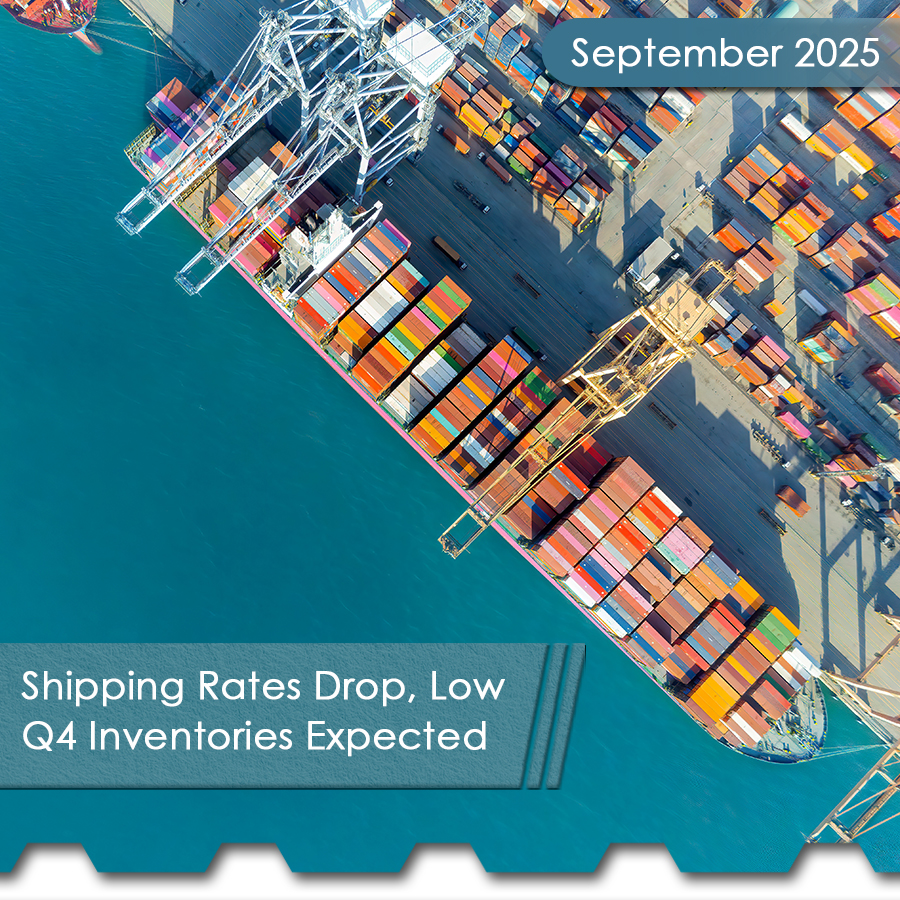Considered a lifeline to all of Germany, the Rhine River has reached crippling new lows as the severity of this summer’s draught is reaching dire consequences. Recent measurements put the riverbed at 10 inches deep or less, leaving the man-dredged shipping channel at about five feet deep, down from a standard 10-12 feet.
 According to the New York Times, roughly 80% of the 223 million tons of cargo transported by water in Germany each year will hit the Rhine at some point in the supply chain. Low water levels have crippled multiple chemical production facilities along the river, leading to either a lack of production, lack of ability to ship goods out, and in many cases, both.
According to the New York Times, roughly 80% of the 223 million tons of cargo transported by water in Germany each year will hit the Rhine at some point in the supply chain. Low water levels have crippled multiple chemical production facilities along the river, leading to either a lack of production, lack of ability to ship goods out, and in many cases, both.
The 745-mile-long river has played a vital role in shaping the worldwide economy due to its influence on international trade since the days of the Holy Roman Empire. It still plays that role to this day. The months-long drought, the most severe since the 1920s, has captured the attention of the global media because of its far-reaching impact on dependent economies in an array of businesses; the chemical industry being one of the most important and most hard hit.
BASF, the German chemical group said in a statement that it was forced to curtail production at the world’s largest integrated chemicals facility at Ludwigshafen due to the inability of ships to navigate the low water levels.
“With the current water level, only a few barges can dock,” BASF said. The statement went on to say, “Even if some goods are transferred to alternative means of transport such as trucks or trains, the supply of some important raw materials will be restricted.”
S&P Global Platts, a publication that covers oil and commodities reports that available smaller barges, capable of navigating the shallow waterways, raised prices from $4–5 per metric ton to more than $40, a cost that will ultimately be absorbed by consumers.
The LED reading at Duisburg, a Rhine measuring station, read 5.09 feet. “This is the lowest level ever measured here,” said Jan Boehme, a hydrologist with the Water and Shipping Authority.
Although the claims on the causes of the drought on the statistical website are not proven beyond a doubt, German authorities say the extreme dry weather matches the models of climate change drawn up by scientists.
The chemical industry and the world are anxiously waiting to see what the impact of the extreme drought coupled with possible new tariffs, trade agreements, and regulatory changes resulting from the U.S. mid-term elections will have on the industry, supply chains, and the global economy. At this time—the outlook is grim.


